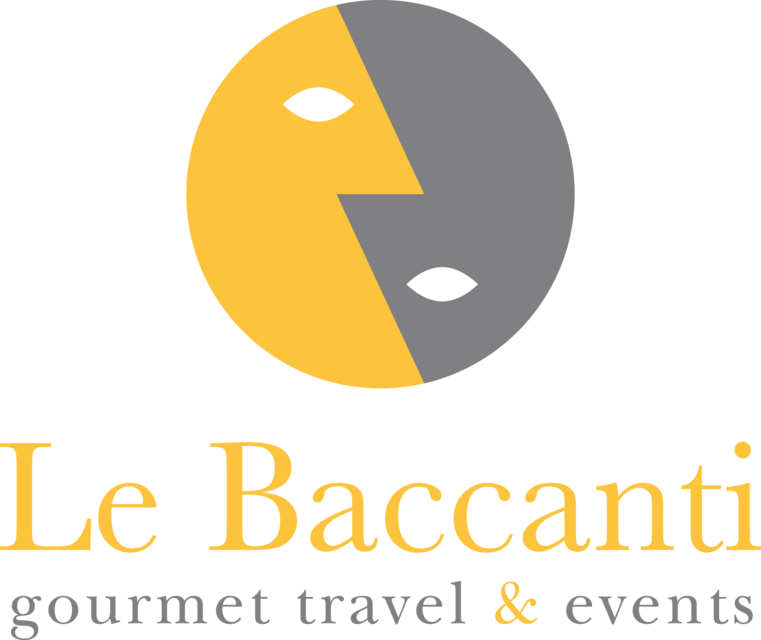Lardo di Colonnata, i.e. aged white lard from the village of Colonnata in the Apuan Alps overlooking the Tyrrhenian Sea, has any proper history, save that Michelangelo Buonarotti, 1475-1564, liked it whenever he was up there in the marble mountains to select blocks for his sculptures. Like so many excellent foods, it is another simple product arising out of the needs of poverty. Before World War Two it was generally called euroil cibo degli anarchicieuro, anarchistseuro food, because a group of revolutionaries who had fled up into the mountains after some disorders in 1894 seem to have survived on it. It is produced today exactly as it was then, save that then the pigs were raised right there in the village. Exotic spices having been prohibitively costly, the poor folk of Colonnata used local aromatic herbs to give the product, nowadays so widely sought after, its unique and delicate flavour.Slices of raw pork fat are layered in tubs cut from local marble blocks. Sea salt, ground black pepper, garlic, rosemary and sage are interspersed, according to the producereuros recipes and taste. The tub is closed with a marble lid and the content left to age for between six months to a year, after which the fat will have turned pure white but sometimes lightly streaked with pink, rather solid, and extremely tasty.Lardo di Colonnata is madeIn Colonnata, in Massa Carrara province.




